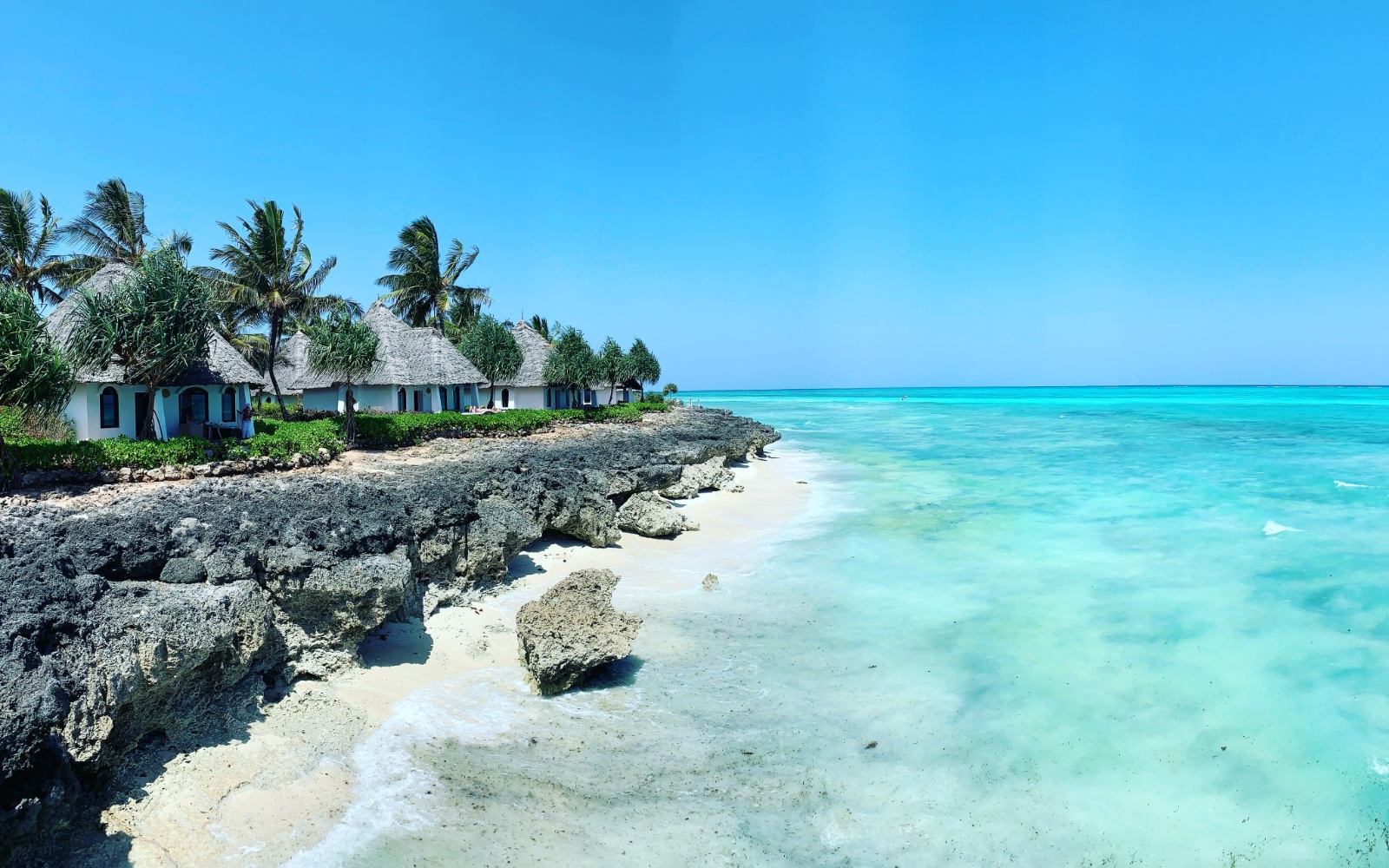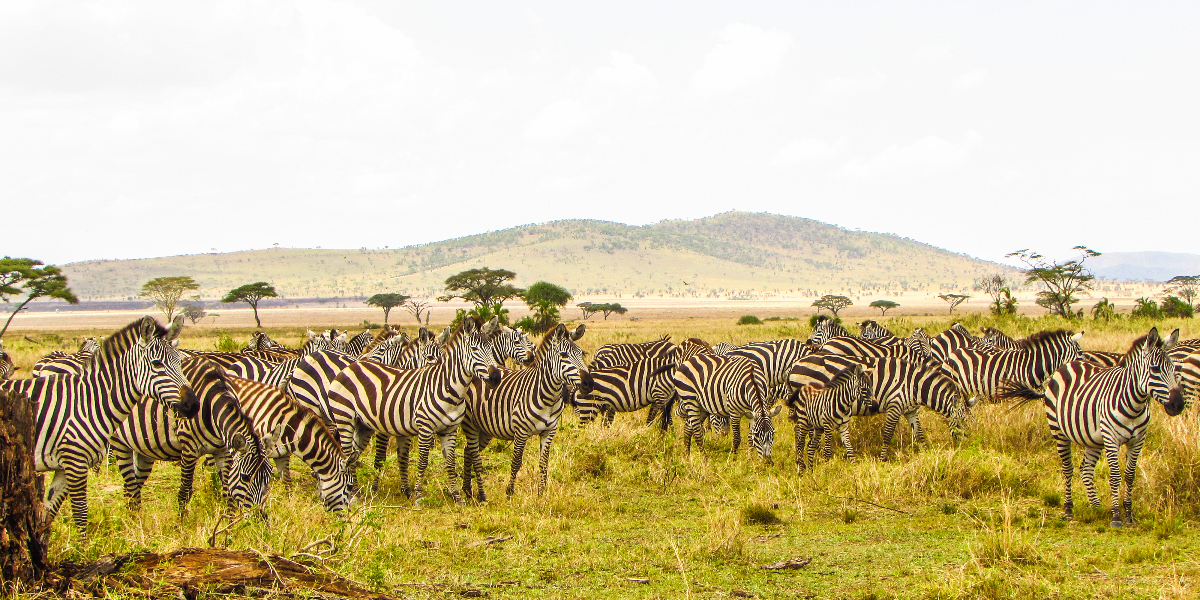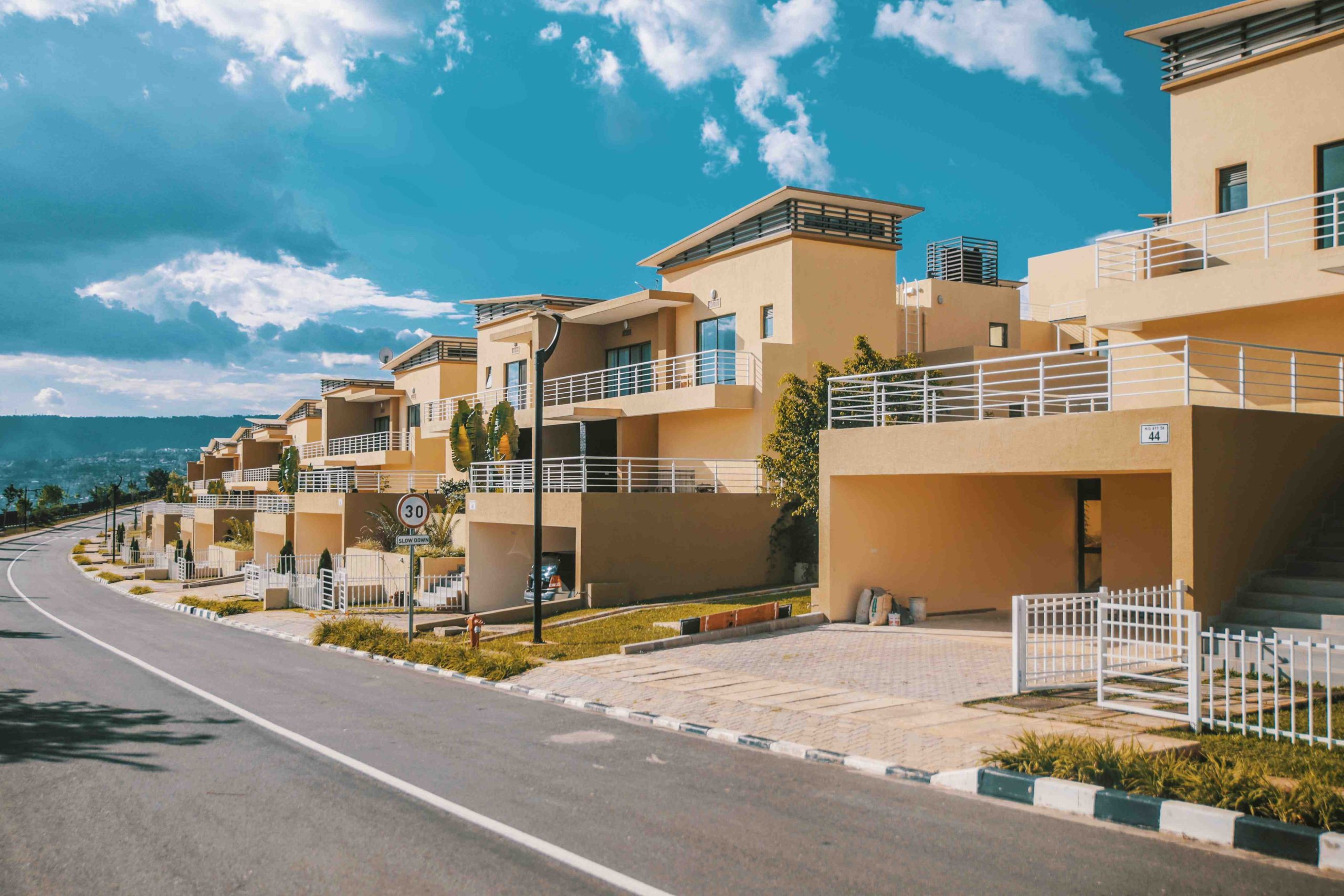Embark on an African adventure like never before as we unveil the top 7 best…
The banded mongoose
The banded mongoose

The banded mongoose is a type of mongoose that is commonly seen in the east and central regions of Africa. They are very small in size and prefer staying in the savannas areas, in the open forests as well as grasslands. They are like the African version of weasel.
Banded mongooses have rough grayish-brown fur, they have very clear bands at the back, a long tail almost the length of the whole body and huge head but a dark face as well as legs. You can see these amazing animals on our thrilling Safaris in Uganda. Their ears are really small compared to the size of the head and usually, those living in the wetter regions tend to be larger in size and darker in color compared to those living in the dry regions.
They have got really long and strong claws that they use to dig their burrows even during a fight.
They are also very small in size that an adult weighs about 1.5-2.25kgs only, they are however long enough to measure30-45 cm.
Where to find the banded mongooses
Mongooses are seen almost in every region that has the savannah as well as woodland king of vegetation cover. In particular however, the banded mongooses are very common in places that have lots of termite mounds because they are the ones that they excavate to make burrows for their families.
In Uganda, a high population of banded mongooses is found in Queen Elizabeth national park and Murchison falls national park. There are about 5 different mongoose species like the banded mongoose, the marsh mongoose, the savannah and the Egyptian as well as the white-tailed ones.
Habits and Social Behavior of Banded Mongooses
They prefer living in large groups called colonies. They are often very large groups of up to 40 members but the leaders include just 1 breeding male and about 4 breeding females although sometimes there are more than 1 breeding male. Among mongoose, their hierarchy is more based on the size, age and attitude more towards protecting their kind sex.
The males are very aggressive compared to the female and there are always there to protect their territory. During the time of mating, there is usually aggressiveness from both the males and the females.
The males or an older female will have the group split into smaller groups when she thinks they group is over whelming big therefore becoming hard to control and protect. There is always a lot of aggressiveness when two group meet each other in many cases, they kill and serious injure one another. Despite the tension between groups, during this fight is the time breeding female mate with a male from the other rival groups.
Like Civets, they also use scent to mark their territories and it is also a communication to other groups not intrude.
They sometimes create interspecies relationships for instance in Kenya, mongoose are often found in company of baboons. They hunt together and they seem to like each other’s company as a huge group for tighter security against predators. They also associate with warthog and often are seen picking tick and other parasites off warthog.
What Mongoose feed on, or Eat
Mongoose feed on various stuff like termites, small vertebrates, the lizards, millipedes, crickets, the mice, birds and their eggs. They also feed on earwigs, spiders, ants, toads and also snakes. The vertebrates make a small portion of their diet and the additional is water which they consume by licking wetted paws.
Banded mongooses feed in groups but during the search, they do that alone. Feeding begins in the morning for a number of hours and then they rest under the shade in the afternoon and return later in the afternoon/evening to feed before dark, they will go back to their burrows.
Growth, Breeding and Reproduction
Female mongooses are considered mature and ready to breed at 11 months old. Once it has conceived, it will have a gestation period of 2 month and then give birth to usually 4 little one and are normally born during the wet season. Mother suckle their newly born, they are born without sight but eyes open after 9 days and in just 4 – 5 weeks, they are ready to leave the den and join the rest of the group when they go out.
Usually, all females in the banded mongoose group breed at the same time which is not the case with others and so all females give birth on the same day or just a few days after another meaning there may be about 6 litters in one territory. They will go through oestrus once again within only 10 days after giving. A dominant male will try to mate them all but on many occasions, the females escape and find other males from other groups because in-breeding is not their first choice.
Usually, male trains the little one survival skills which they will need once they start hunting themselves which doesn’t take so long.
Mongoose have got life span of 8 years and unless they have been killed off by their predators, they can live up to their full life span
Threats and Predators
Main threats are the big carnivore animals like the lions, hyenas, among others. They also face serious threats from birds of prey, there are snake like pythons, among many others. They are however not an each target since they live search big groups.
Book a safari with us at #mondsafaris
For more information,
Email; info@mondsafaris.com



